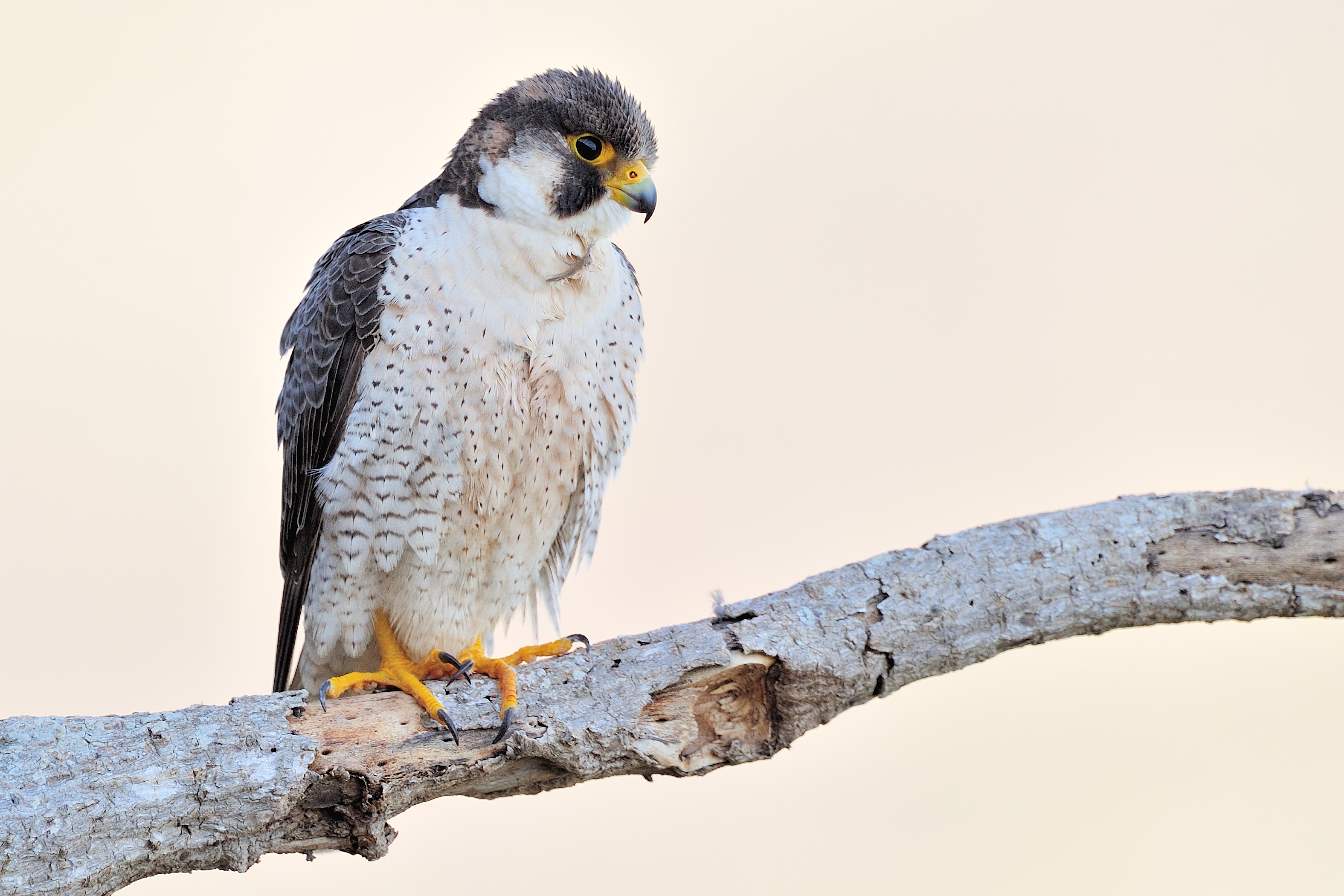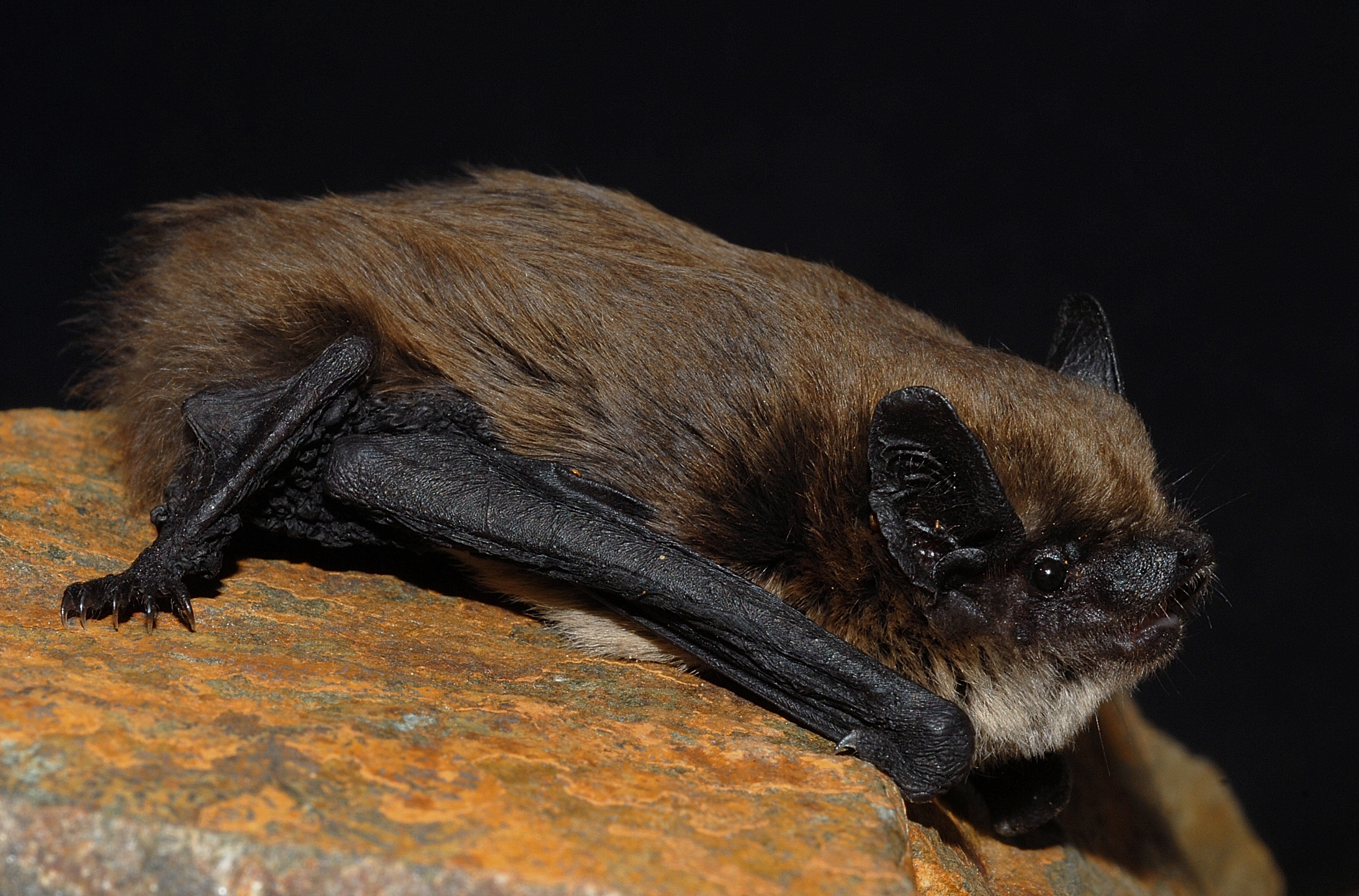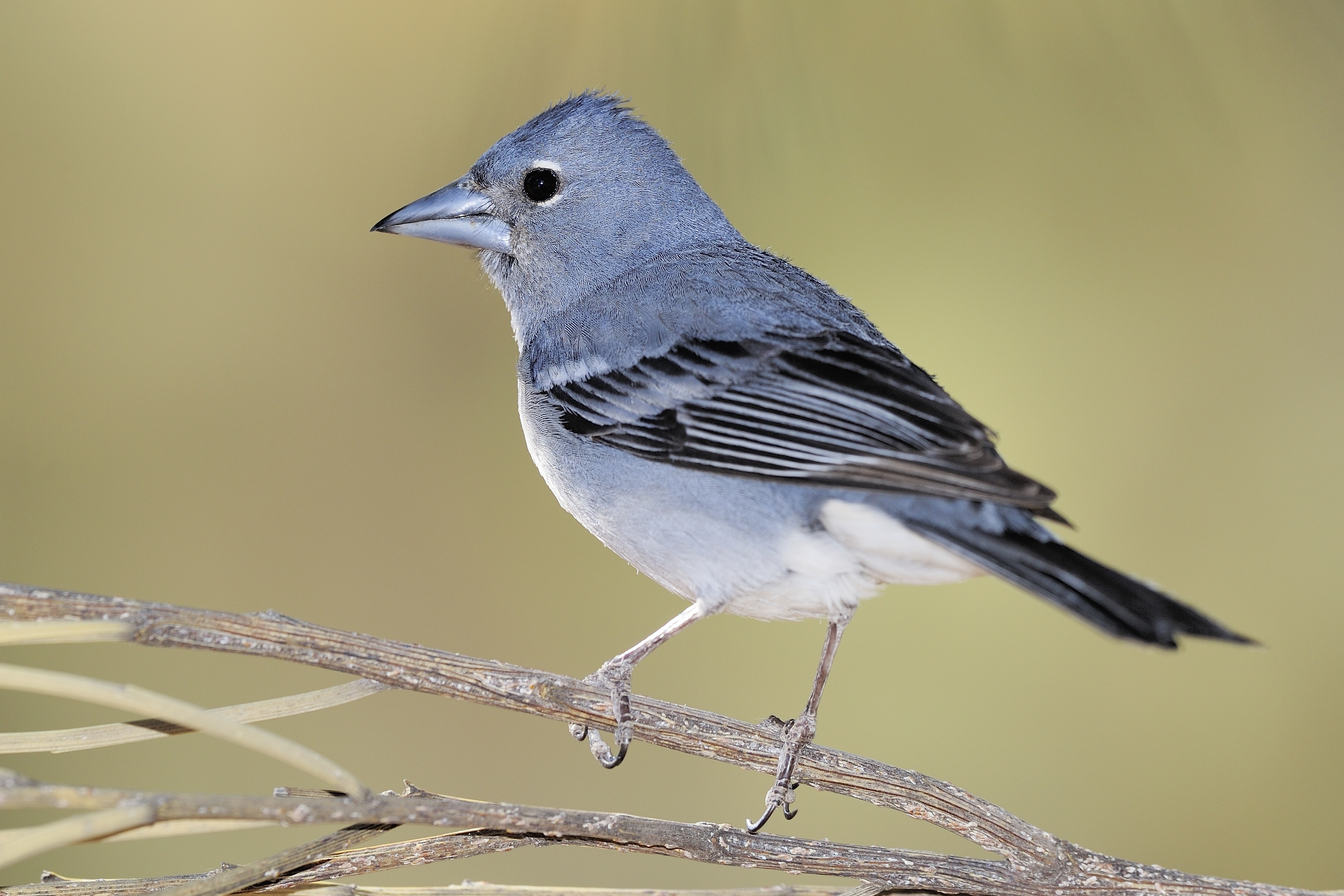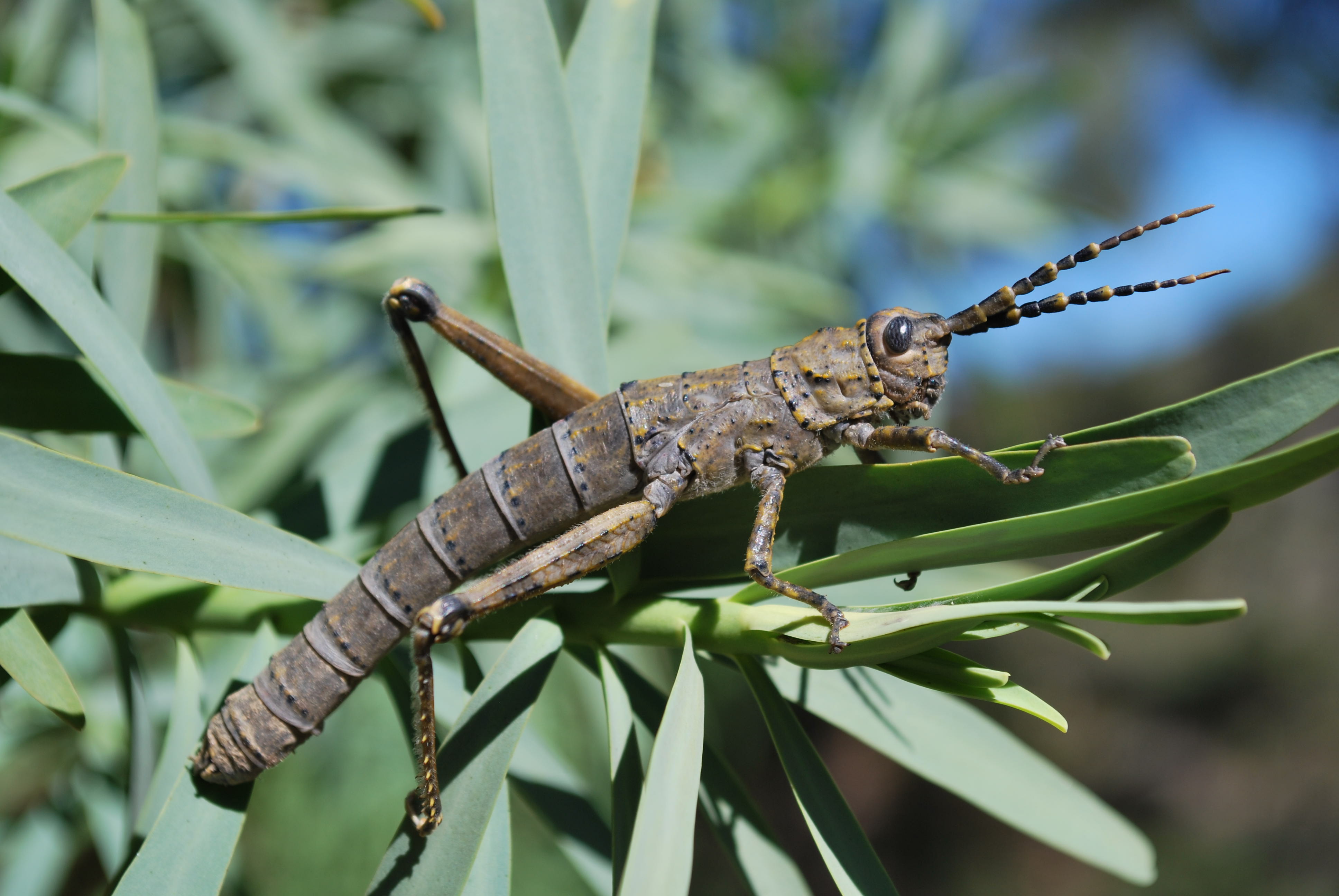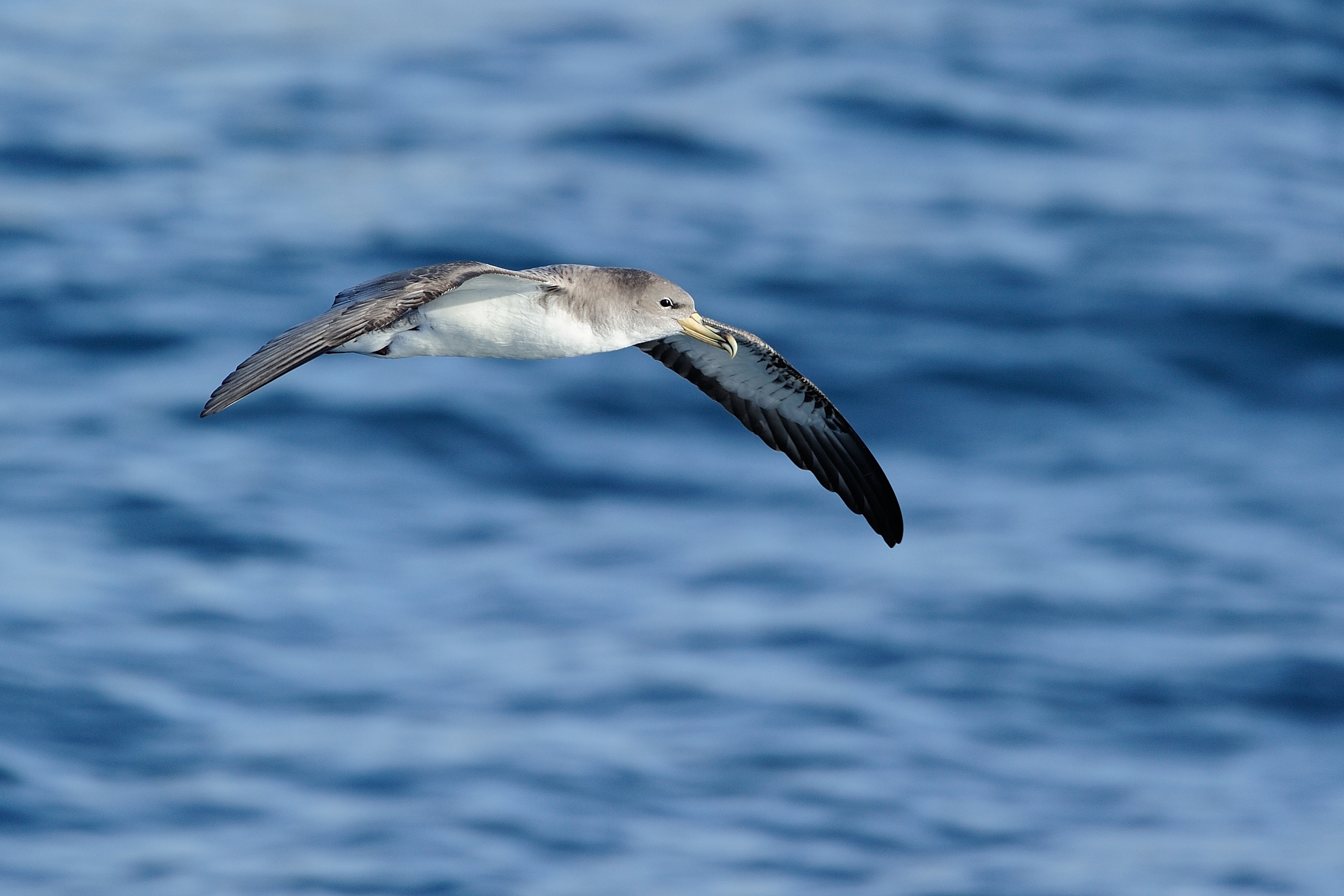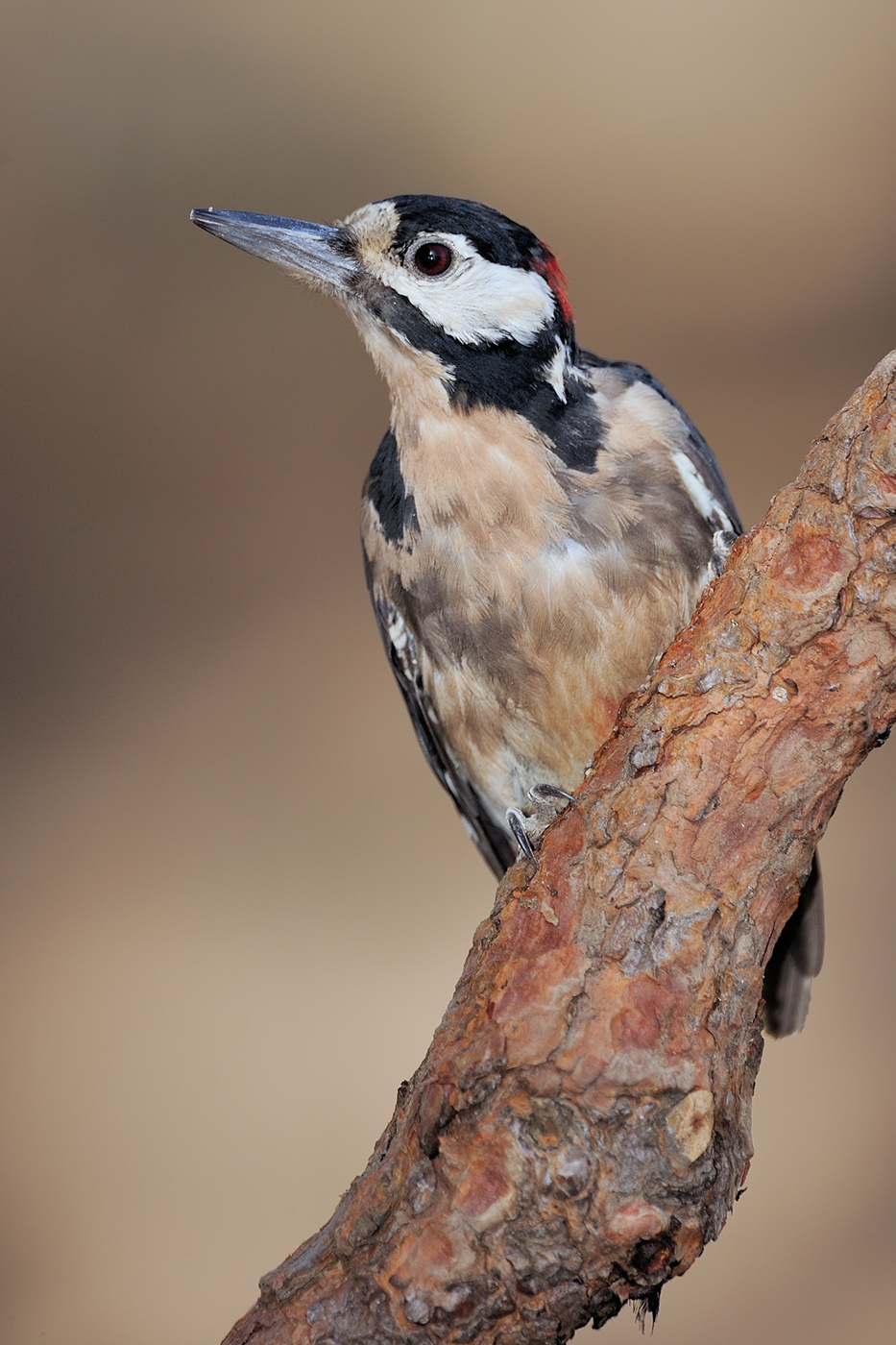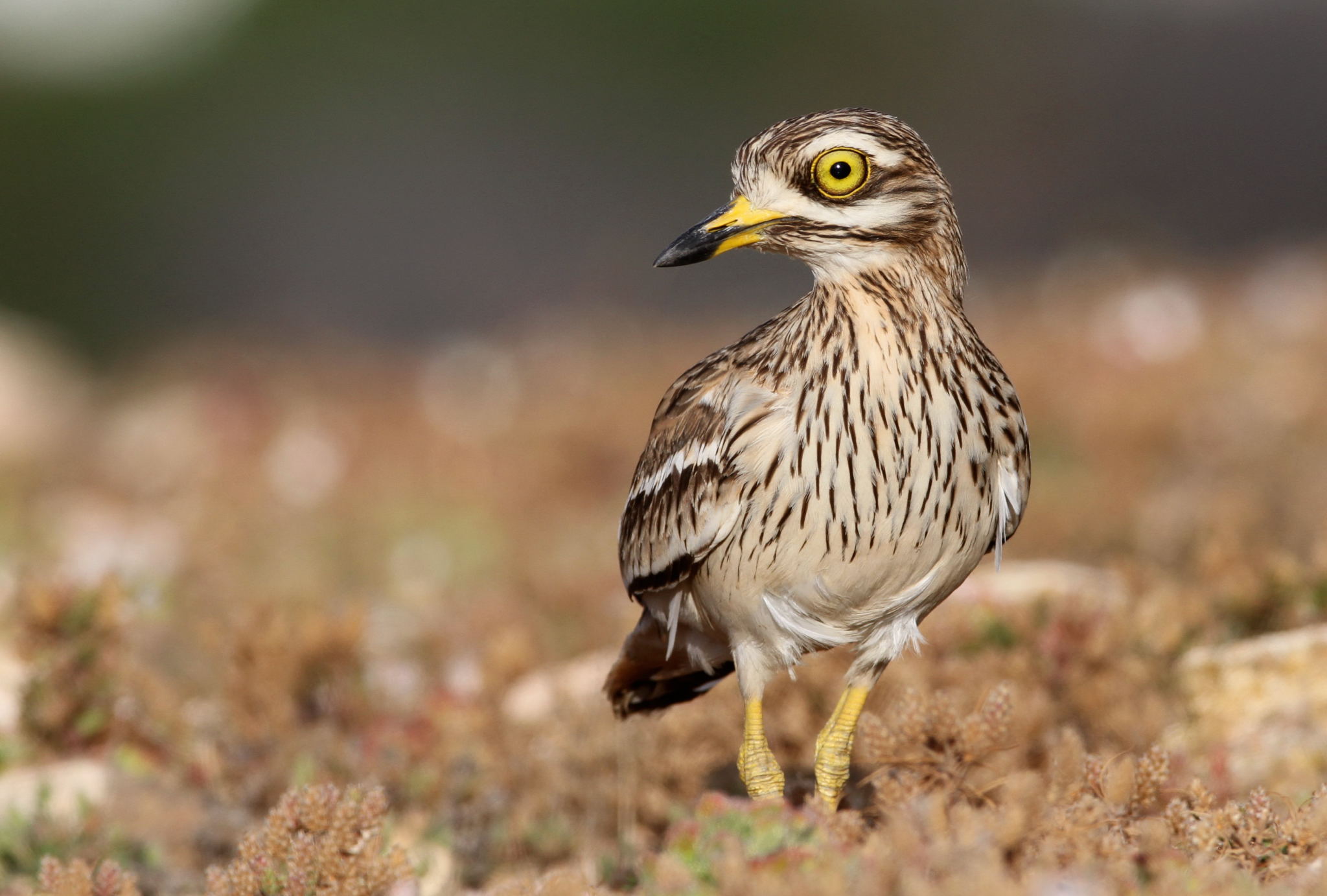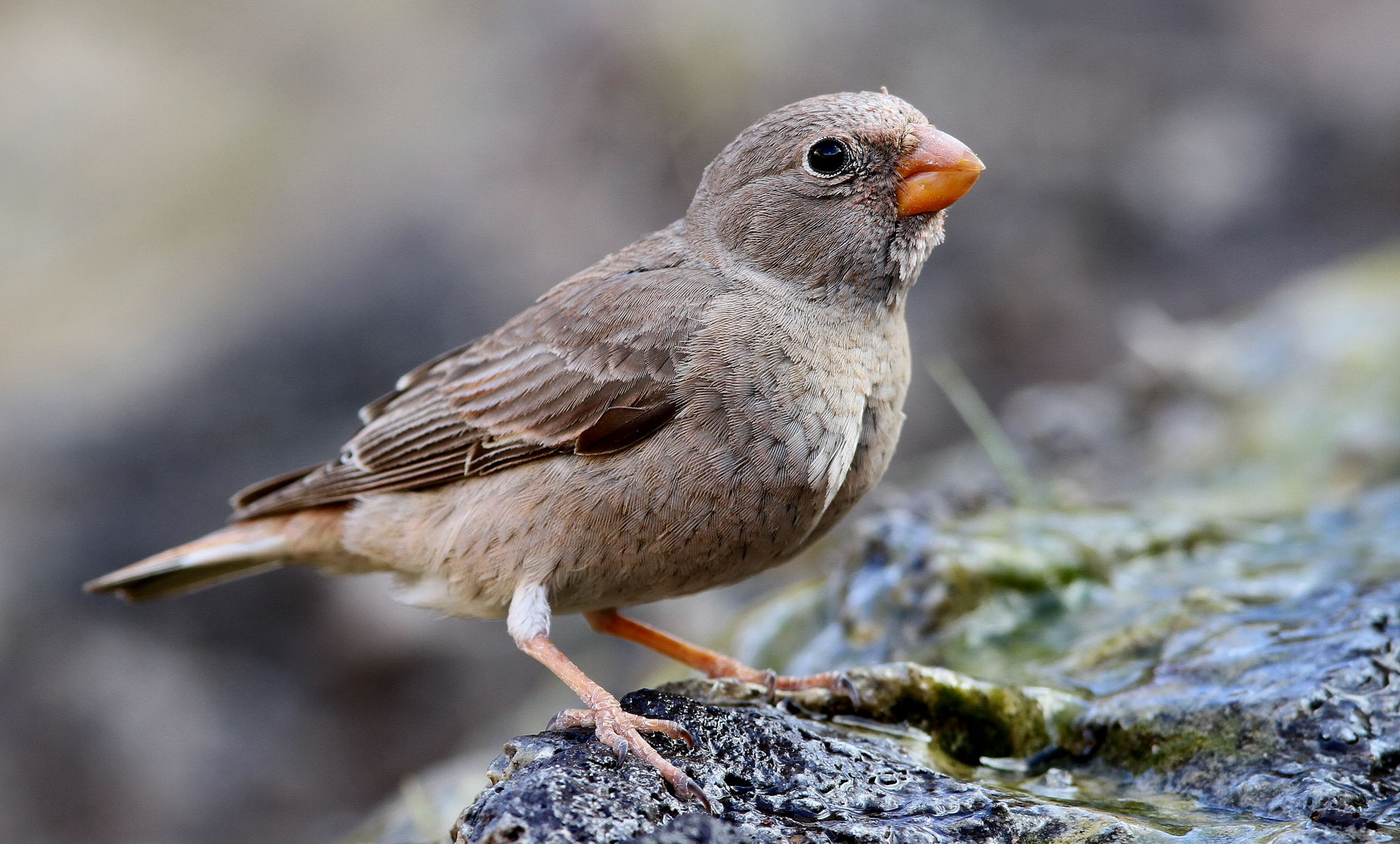Some emblematic species
Barbary Falcon (Falco peregrinus pelegrinoides)
Where can you see it?
Virtually anywhere in the municipality. It is true that there are very few pairs and they generally spend their time around the cliffs, where they breed and feed.
North Africa and Macaronesia (although its nomenclature is continuously argued over, and therefore, its distribution.)
Savi’s Pipistrelle (Hypsugo savii)
Where can you see it?
You can observe it at many points as it hunts at dusk, especially during spring and summer in open places near crops and water points.
The Near East, Mediterranean Basin and Macaronesia.
Blue chaffinch (Fringilla teydea polatzeki)
Where can you see it?
Only on these islands! In Gran Canaria, the largest number of individuals lives in the Inagua Massif, in its pine forest. In recent years some specimens have colonized the pine forests of the Central Plateau. Undoubtedly one of the emblematic species of the island.
Gran Canaria and Tenerife (according to some researchers there are two different species).
The Gran Canaria Stick Grasshopper (Acrostira tamarani)
Where can you see it?
Mainly on the tabaiba amarga, a type of euphorbia, on which it feeds, throughout the island; although it blends perfectly into its background and is not easy to locate. It has also been observed on pine needs or on the leaves of the tabaiba mansa.
Gran Canaria.
Pardela cenicienta (Calonectris borealis)
¿Dónde la puedes ver?
En los acantilados de Guguy y Andén Verde. Contemplar su entrada a las colonias de cría mientras emiten sus escandalosos reclamos es uno de los espectáculos más grandiosos que brinda la naturaleza canaria.
Macaronesia.
Tenerife Great Spotted Woodpecker (Dendrocopos major canariensis)
Common in the Inagua pine forest. A species to be found in forest settings which is easy to observe thanks to its restless behaviour. You can locate it as it lifts bark in search of food, or during its courting rituals.
Canary Island subspecies (Tenerife and Gran Canaria)
Eurasian Stone Curlew(Burhinus oedicnemus distinctus)
The La Aldea Valley concentrates one of the most important populations on the island. It is not easy to observe during the day due to its capacity to camouflage itself, but when night falls, it is filled with its amusing sounds, making its location easier.
Canary Island subspecies, (Central and Western Islands).
Trumpeter Finch (Bucanetes githagineus amantum)
Where can you see it?
In many points of the Valley and the ravines of Guguy, mainly in the vicinity of its mouth. Normally it forms small flocks that can be located with relative ease by following their characteristic call. The size of the population has decreased notably in recent decades.
Canary Island subspecies

